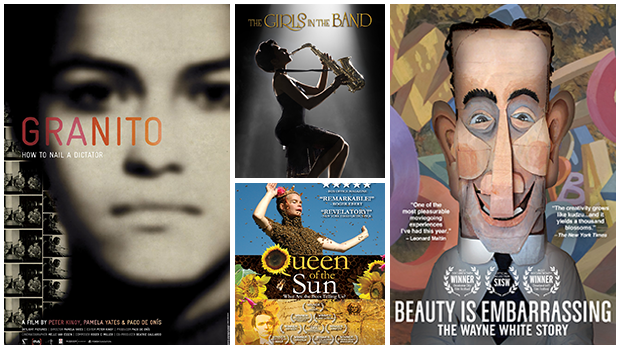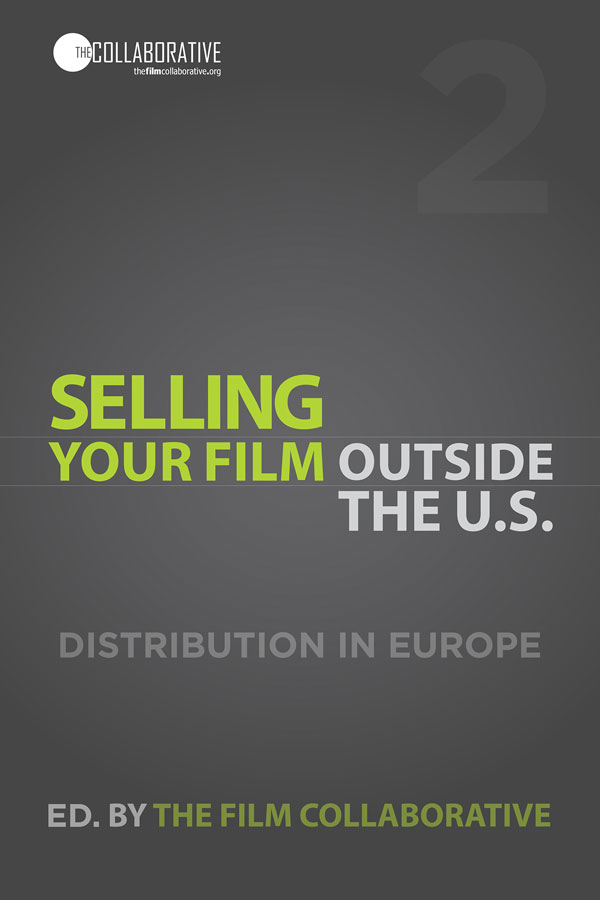Blog

American Film Showcase Trip to Romania
Earlier this month I was lucky enough to travel to Romania with the American Film Showcase which is a collaboration between the American State Department and USC which bring mainly documentary filmmakers and film experts (yours truly) to various countries around the world. This program serves as bridge between American filmmakers and filmmakers abroad mostly in the developing world but occasionally in more developed countries. Frankly I didn’t know what to expect – I actually thought that Romania already had a pretty amazing film industry producing some pretty incredible films. However my one experience being in Romania (before the revolution) did

Off to Romania!
Tonight I’ll be heading off to Romania as an “expert” for the American Film Showcase. The AFS is a cultural exchange organization that uses film education across the world as a means to opening a dialogue about important contemporary issues. I’m very excited to work with this great organization, and to visit such a fascinating part of the world. We will be holding film workshops in Bucharest for several days, and then heading to the Transylvania International Film Festival! After that it’s off to New York to participate in the IFP Narrative Lab. Earlier this month I was there for

Distribution Transparency: Four Filmmakers Give Up the Gold Pt 2
Wednesday’s post looked at Neil Berkeley and Judy Chaikin as two filmmakers who wanted to create a theatrical release for their films to boost visibility, increase ancillary value and learn for themselves how to operate in the new hybrid model of distribution and marketing. Today we will look at Paco de Onís the company Skylight he runs with with creative director Pamela Yates and editorial director Peter Kinoy and their film/media project Granito

Distribution Transparency: Four Filmmakers Reveal Their Distribution Numbers, Part One
Alternative distribution models are no longer the experiment, but are now the norm for the vast majority of filmmakers. However because of a variety of reasons, including not least contract obligations and a fear that exposing numbers may not show the filmmaker in the best light, many filmmakers have been reticent to give out the real numbers from their film’s releases.

IFFR, Tiger Release, and the Trend of Festival as Distributor
I’m so thrilled to be participating in two IFFR events this year! For those of you attending, I hope we run into each other. On the morning of Monday, the 26th, I’ll be serving on a distribution panel called Get Your Film Out There! (moderated by Amy Dotson). That afternoon, I’ll be participating in an “on stage workshop”-style presentation of IFFR’s new Tiger Release distribution initiative, showing how three different films each benefit from the initiative’s offerings. IFFR is now the latest film festival to adopt a distribution initiative, Tiger Release following the creation of Sundance Artist Services, Tribeca Film
Join It Session Tonight with Gregory Bayne
I’ve been doing “Join It” sessions approximately once a month since last October as one of my Kickstarter rewards for Bomb It 2. In these sessions everyone who selected the Join It perk can dial in for a monthly conference call and ask anything about filmmaking and distribution and marketing. These sessions have been a mix of discussions, presentations by me and at times my doing mini consults with the filmmakers who were online. We then record these sessions (all but one) and post them for those who couldn’t attend (unfortunately the majority). I once experimented with not recording the

New Selling Your Film Book Released– and it’s FREE
I’m really excited about this brand new book, Selling Your Film Outside the U.S. (click here to download the book for free) that I wrote with Sheri Candler, The Film Collaborative co-executive directors Orly Ravid and Jeffrey Winter and Wendy Bernfeld, managing director of the European content curation and licensing company Rights Stuff BV edited and published by The Film Collaborative. Selling Your Film Outside the U.S. is the second volume in the “Selling Your Film” case study book series. While our first book, Selling Your Film Without Selling Your Soul, focused on U.S releases and case studies, this volume
Guest Post: Top 5 Webseries Tips
I’ve been talking about serialized content for some time now – and how filmmakers need to look at this as a way to engage with new methods of distribution and marketing for their work. This can take many forms – but the most obvious are episodic television and web series. I asked Carrie Cutforth the creator of Spy Whores and the Executive Director of The Independent Web Series Creators of Canada to write a post about webseries in honor of her new TO Web Fest that happened in Toronto May 9-11th. Here is her post: Don’t Overlook these 5 Top
10 reasons why you should get your s–t together and apply to the IFP Filmmaker Lab
I have had the pleasure of being one of the lab leaders at the IFP Filmmaker Lab for the past 5 or so years (as you can imagine I help run the distribution and marketing component of the labs). Each year the four times I travel to New York for the labs are some of the highlights of my calendar. Yet I am continually amazed by the number of first time filmmakers that I talk to that didn’t apply to the lab (and many had not heard of it!). So as the deadline for the Documentary Lab looms (March 7th!
Jon Reiss on BYODocs with Ondi Timoner
Had a great time with Ondi Timoner today filming for her BYODocs Show – seen here! We spoke a little about Think Outside the Box Office – but mostly about my docs Bomb It, Bomb It 2, Better Living Through Circuitry and even going back to Survival Research Laboratories and Target Video. Let me know what you think! http://youtu.be/4JGfyB94VY8
The BOMB IT 2 DVD is here!
This week marks the official release of the BOMB IT 2 DVD. To purchase, visit our BOMB IT 2 website. Don’t forget to check out this exclusive webisode with BOMB IT 2 artist Darbotz, where he explains his artistic process and the story behind the Squid Monster character featured in his work. Thank you for all of your support!
Countdown to the DVD Release of BOMB IT 2!
As we count down to the DVD release of BOMB IT 2 on 11/5, check out this exclusive webisode with featured artist NUNCA. Learn about his art, Brazilian culture, and family influence in his work.
22 Responses